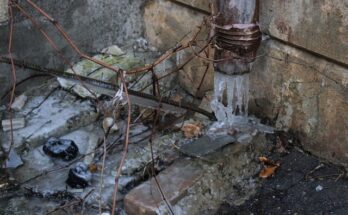Even before the pandemic, there were countless needs for cleaning and disinfecting. After all, it’s not like germs were discovered in 2020. That happened in the 1660s.
But of course, the pandemic helped put a global and a personal emphasis on finding the most effective way to kill germs.
We had grown used to using sprays and wipes for this work. We diligently Lysol-ed our door handles and grabbed Wet-Ones for the toilet seat, but we knew something was missing. Especially for industrial uses such as in hospitals and airplanes where “pretty clean” was not clean enough.
We needed something more. Or in this case, something less. Less visible, at least.
After all, if germs are invisible, perhaps it takes something invisible to fight them?
What is a UV ray?
We know, thanks to the use of prisms and the existence of rainbows, that light actually contains many different colors. These colors are light that move at slightly different speeds.
We are probably all familiar with the visible light spectrum. Many elementary students are introduced to Mr. ROY G BIV in elementary school, whose name is an acronym for the visible colors of the light spectrum: red, orange, yellow, green, blue, indigo, violet.
However, there are lights that our eyes cannot see. Their waves escape our eyes, and they manage other important work.
These shorter waves are not completely invisible. Bees can apparently see them and use them to find their way around. And they cause some damage to our skin.
But most importantly, they do damage to germs and bacteria.
What does a UV ray do to bacteria?
These ultra short waves, or ultraviolet rays, are known to damage the DNA of germs and viruses, including the flu virus. Even short exposure can render a virus dead, or injured enough to be unable to replicate and infect others.
And because coronavirus is indeed a virus, although one that is more potent, contagious, and dangerous than other viruses we know about, we are left to speculate that it works to kill that as well. (Though there is not currently a lot of data collected on UV effectiveness against coronavirus specifically.)
Nevertheless, the things that work against other viruses were effective against COVID – masks dramatically reduced its spread, vaccinations boosted people’s immunity, and cleaning killed it. It stands to reason that UV rays, now widely used in hospitals to prevent the spread of COVID, work everywhere to kill this particular virus.
Photo by The masked Guy




